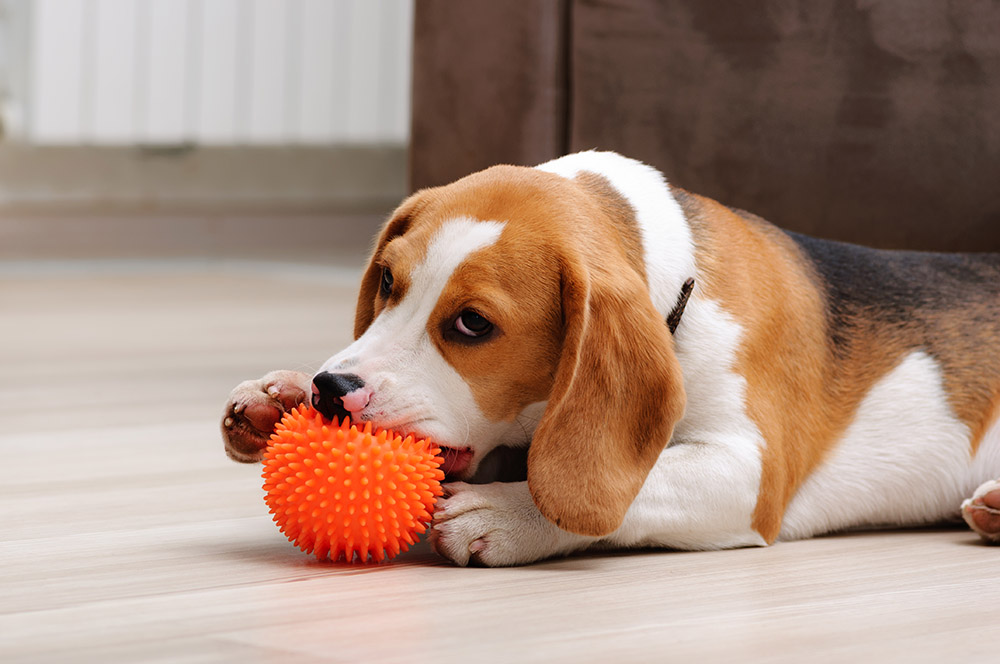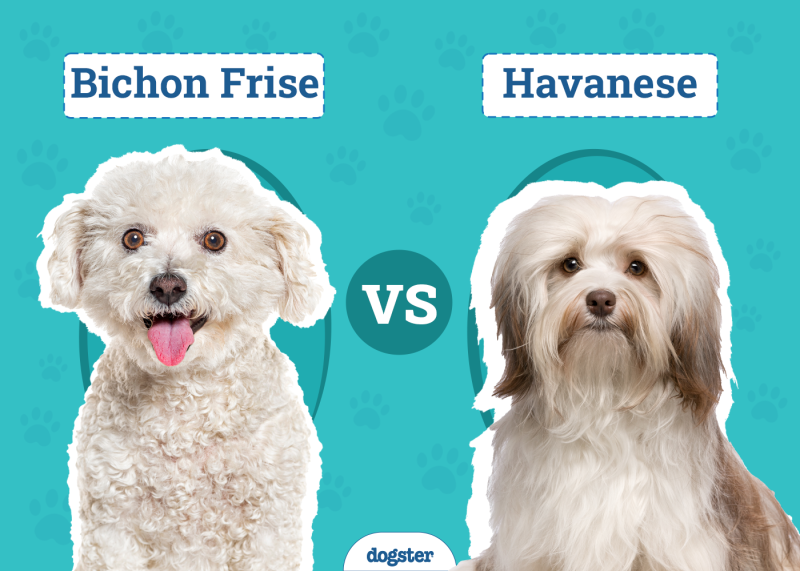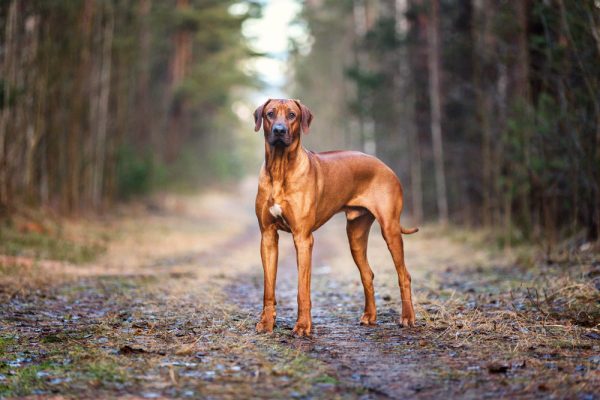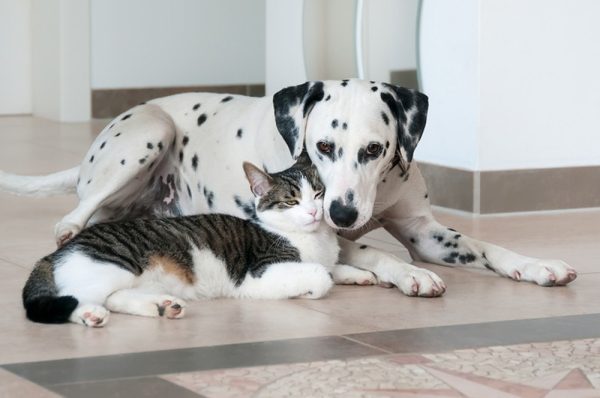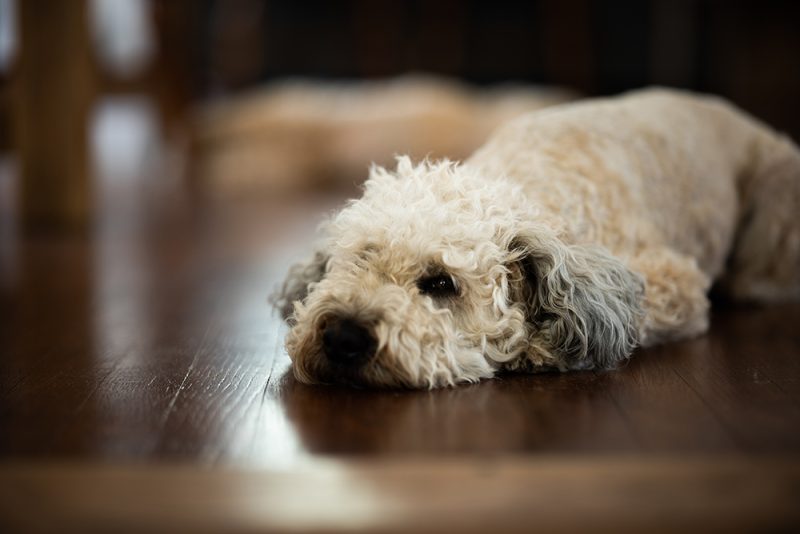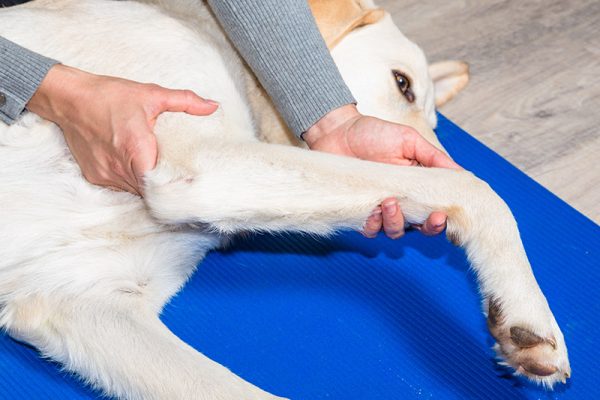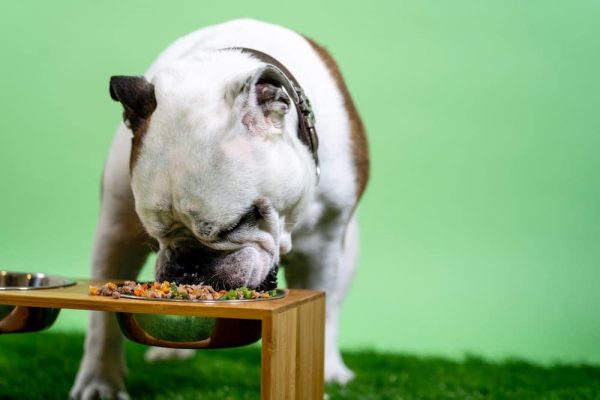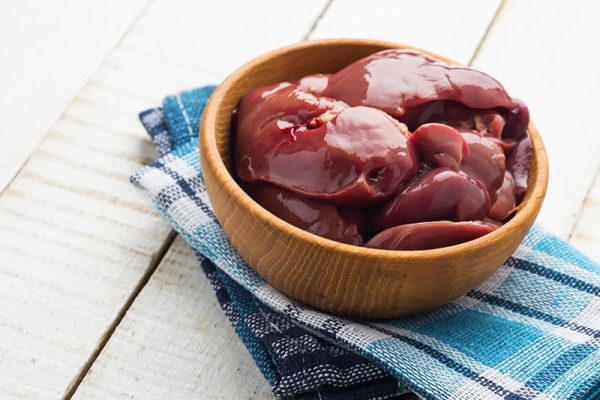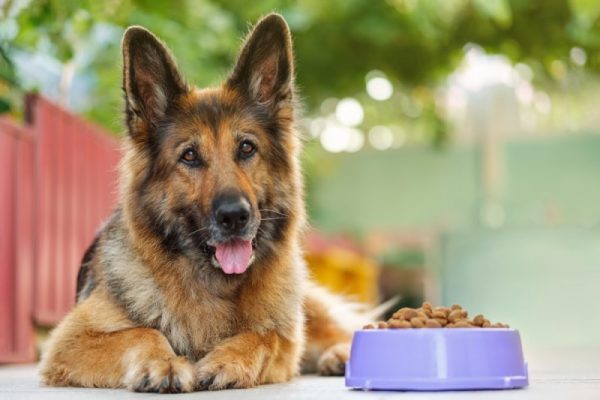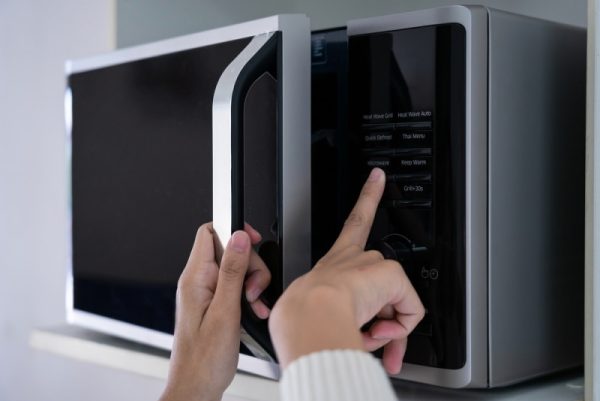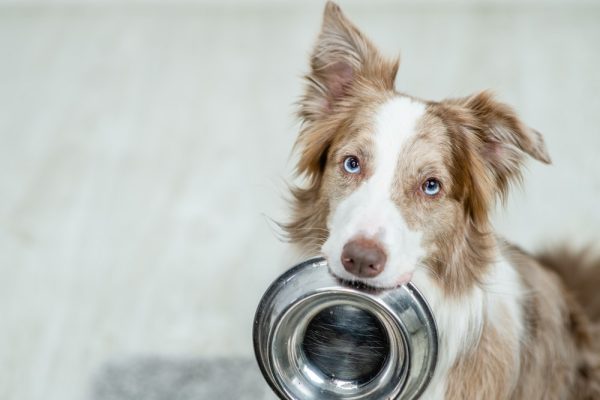In this article
View 2 More +Resource guarding is when a dog protects something it views as being its property. It might guard against you, family members, visitors, or even other dogs and cats in the house. It can range from fairly innocuous changes in behavior and body language to growling, barking, snapping, and even biting.
Whether you are worried about your puppy displaying guarding behaviors or you have a dog that has started resource guarding, there are steps you can take to try and rectify the problem. However, if your dog has snapped or bitten, it might be time to call in the help of a professional animal behaviorist to nip the problem in the bud.
Below, we look at the steps you can take to help prevent or potentially even correct resource guarding, as well as some of the things you need to avoid doing.

Preventing Resource Guarding
Resource guarding can start in young puppies, potentially even when a dog is as young as 8 weeks old. If you’re worried that your young dog might adopt this type of behavior, then you can work on preventing it before it becomes a problem.
1. Let Them Eat
Some owners believe the best approach to preventing resource guarding is to get their dogs used to having their food taken away from them when they are young. However, your dog should be able to eat without having to worry about whether its remaining bits of food will be snatched up.
If you pick up your dog’s bowl while it is eating, this can have a detrimental effect on your dog’s feeling of security around its food. Your dog will soon learn that it doesn’t get the chance to finish its food and it might start resource guarding as a result. It can also lead to dogs eating their food more quickly, potentially causing illness. Let your dog eat and don’t whip its food bowl away from it.
2. Trade Up
Instead of taking your dog’s food away, you want them to learn that approaching them when they’re eating is not a negative experience but can be a positive one. Occasionally, when your dog is eating, drop a high-value treat a few feet away from the food and walk away. Let them eat the treat and go back to eating their food.
Eventually, you should be able to drop the treats in your dog’s bowl. Rather than being worried that their food is going to be taken away, your dog will see your approach as a positive experience rather than a negative one.
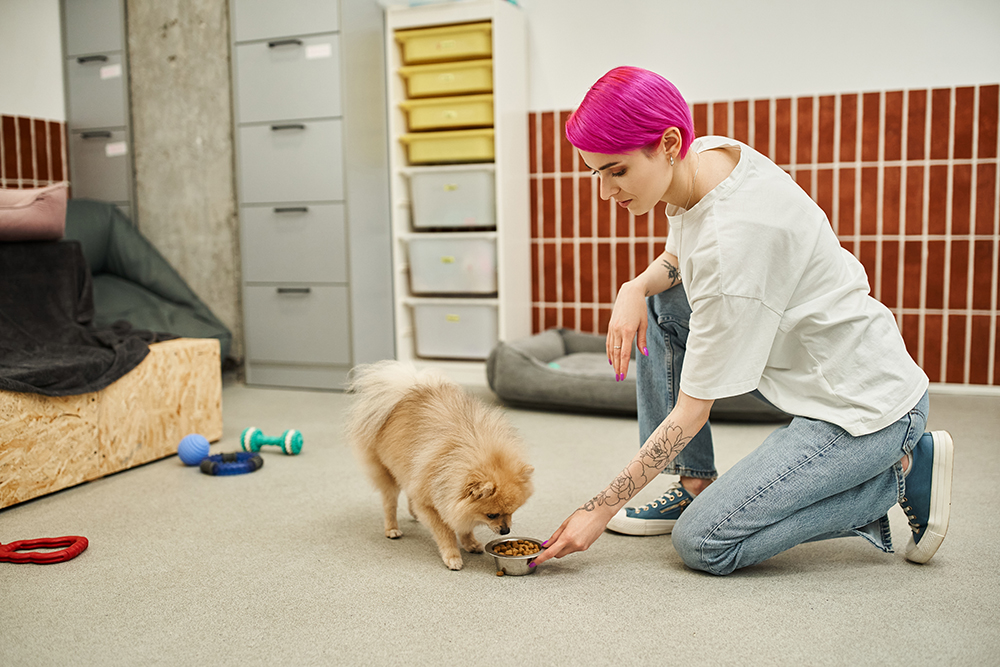
3. Manage Mealtimes for Multiple Dogs
Your dog might start resource guarding if it believes that another dog in the house is going to eat their food. It isn’t uncommon for one dog to eat more quickly than the other and then attempt to steal their food. The slower eater will think its food is at risk from the other dog and may react to their approach.
Give treats in different areas and feed the dogs in different parts of the room or in different rooms.. You can even feed the resource stealer in a crate, as long as the dog is crate trained and doesn’t see the crate as a punishment. You should always supervise mealtimes to ensure that one dog doesn’t try and steal food from the other.
4. Manage Playtime for Multiple Dogs
It isn’t just food and treats that dogs treat as their resources. Dogs can become quite possessive over their favorite toys, too. And if one of your pups believes the other is going to steal its favorite stuffed hedgehog, it might elicit an aggressive response.
Have multiple toys available and try throwing toys in different directions to ensure that the two don’t fight over the one available toy. If one dog is stealing toys from the other, it is time to step in and stop playtime.
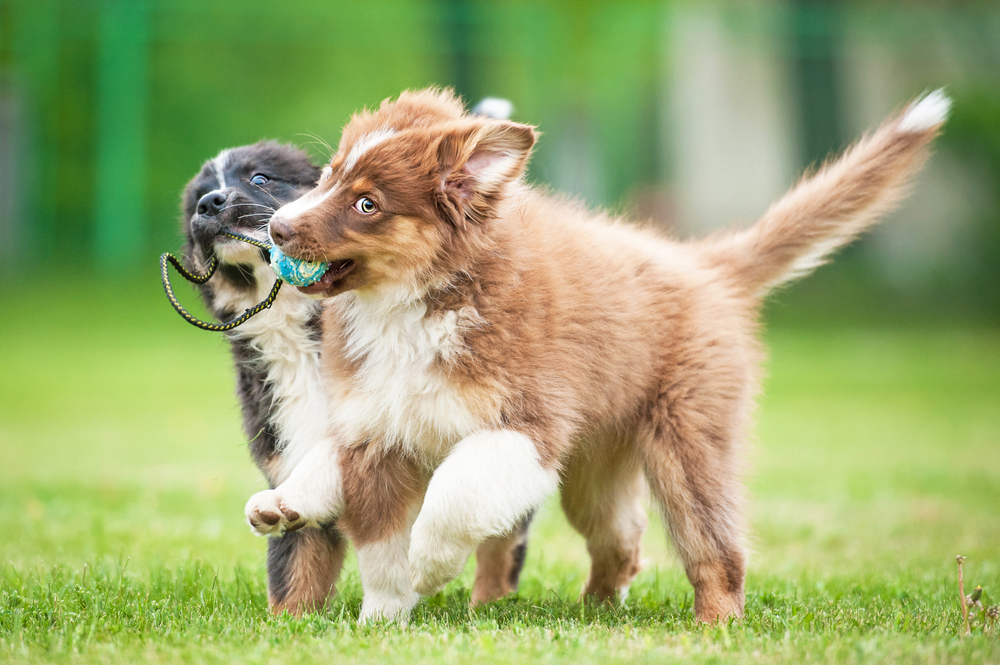
5. Encourage Alternative Behaviors
Although it takes a lot of effort, you can teach one dog alternative behaviors. So, for example, you can teach a resource stealer to go in its crate when the other dog gets a treat. This gives that dog a chance to eat the treat in peace. Alternatively, you can teach each dog which bed is their own, and at treat time, ask each dog to go to their bed before a treat is given. If you need help, a professional trainer or behaviorist will be able to help you train your dogs to do this.

How to Stop Resource Guarding
Sometimes, it’s too late to prevent resource guarding and you might not notice it’s a potential problem until your dog is growling at a visitor because they got too close to a bully stick. Or you might have to deal with an irate owner at the dog park when their dog has tried picking up your pup’s tennis ball.
1. Make Others Aware
If your dog is prone to resource guarding, let others know. Have them stay away from your dog when it is eating or when it has its favorite toy. You may have to let other dog walkers know of the behavior, too, if it is likely to occur when you’re out.
2. Exchange
Sometimes, you can’t just let your dog keep whatever resource it is guarding. If they steal something off a plate or out of a trash can that could potentially do them harm, for example, you need to be able to take that item away without the risk of being bitten and without being growled at.
Use a high-value treat, something that your dog will view as being more appealing than the resource they are guarding. Drop it near but not directly next to the dog. They will get up to get the treat, giving you a chance to retrieve the item.
You should also do this occasionally when your dog has a toy or other resource. Pick up the toy, let the dog finish their treat, and then give the toy back. This teaches the dog that they won’t always lose the toy when they take the treat.
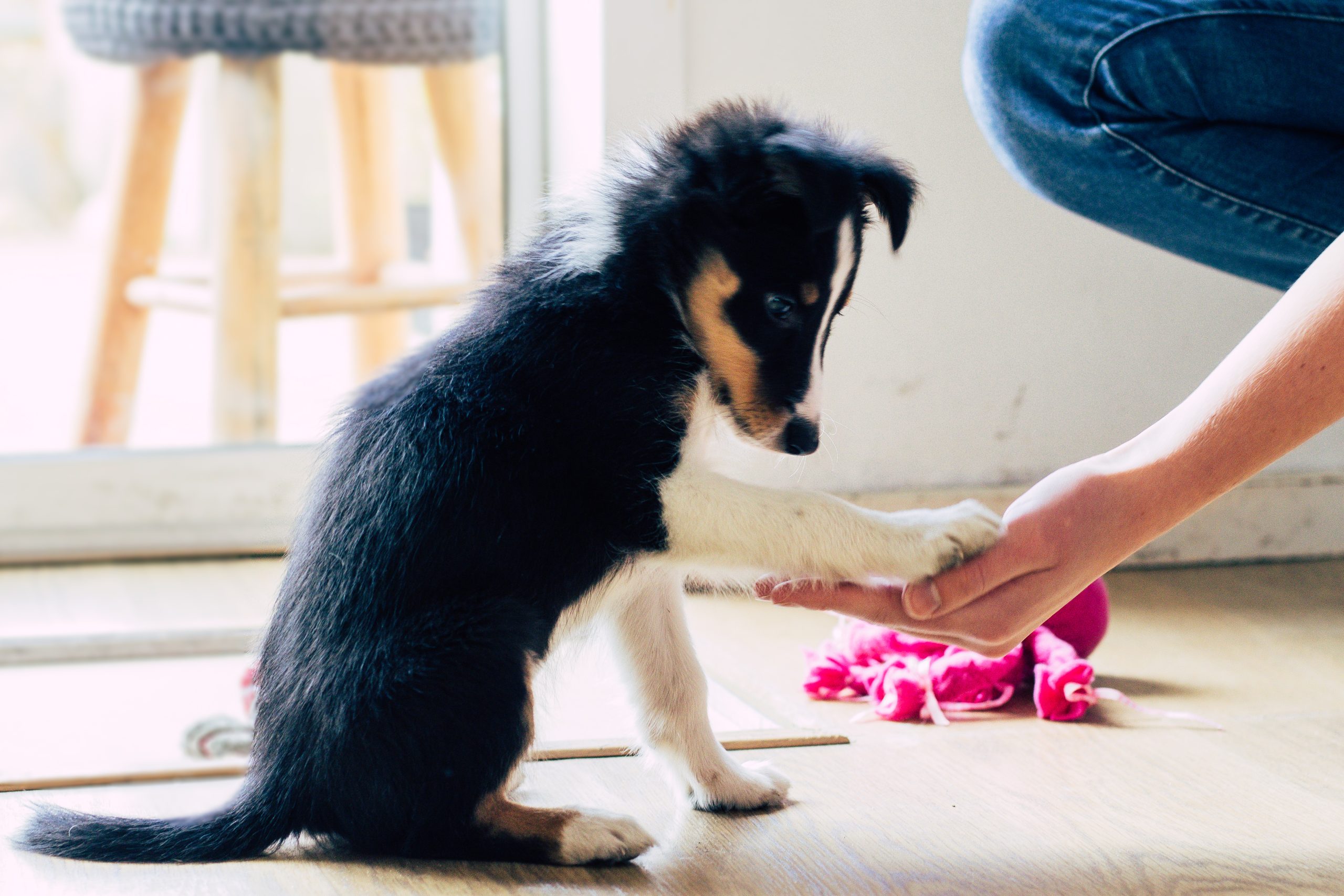
3. Don’t Punish
Punishing your dog for resource guarding can make the situation worse and it can cause anxiety and stress. Although it’s difficult, use the trading technique and ignore your dog’s growl. Reward positive behavior such as not guarding a toy, or allowing one toy to be swapped for another.
4. Teach the Leave Command
It is a good idea to teach the “leave” command when your dog is young. It’ll come in handy when you want to take back the socks your dog has stolen off the radiator and if your pup has taken the corn cob off your plate.
When training this method, you will use high-value treats that are given as rewards when your dog drops and leaves an item you don’t want them to have. Always use the same verbal cue, be firm but not harsh, and reward a positive response.
5. Get Professional Help
If your dog has already bitten or is getting increasingly aggressive with its resource guarding, you should get professional help to sort the problem out. A veterinarian or canine behaviorist will be able to work with you and your dog to identify the cause of the resource guarding and help overcome it.
If you need to speak with a vet but can't get to one, head over to PangoVet. It's an online service where you can talk to a vet online and get the personalized advice you need for your pet — all at an affordable price!


Frequently Asked Questions
Can Puppies Grow Out of Resource Guarding?
Resource guarding isn’t really something that goes away with age, but it will go away with training and conditioning. Train leave commands, show your dog it has nothing to worry about when you approach its food bowl, and use the other techniques above to help prevent or combat the problem.
What Breeds Are More Prone to Resource Guarding?
Pretty much any breed of dog can exhibit resource-guarding tendencies at some point. However, it has been found that mixed-breed dogs are more prone to resource guarding than pedigree breeds. It is also more commonly seen in neutered males than females or unneutered male dogs.

Conclusion
Resource guarding can be a real problem, and it can really take you by surprise if your dog suddenly growls or lunges at you because it is protecting a treat or a toy. It is possible to prevent resource guarding if you start working at it when your dog is still young.
And, even if it has manifested in your dog already, it is usually possible to train it out of your dog, but it can take time, and if the problem has gotten really bad, it may require the help of a professional animal behaviorist.
Featured Image Credit: tetiana_u, Shutterstock
